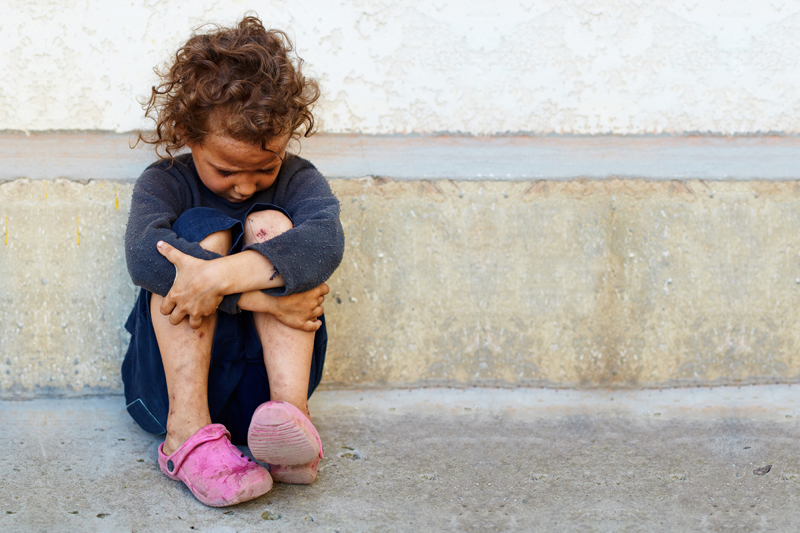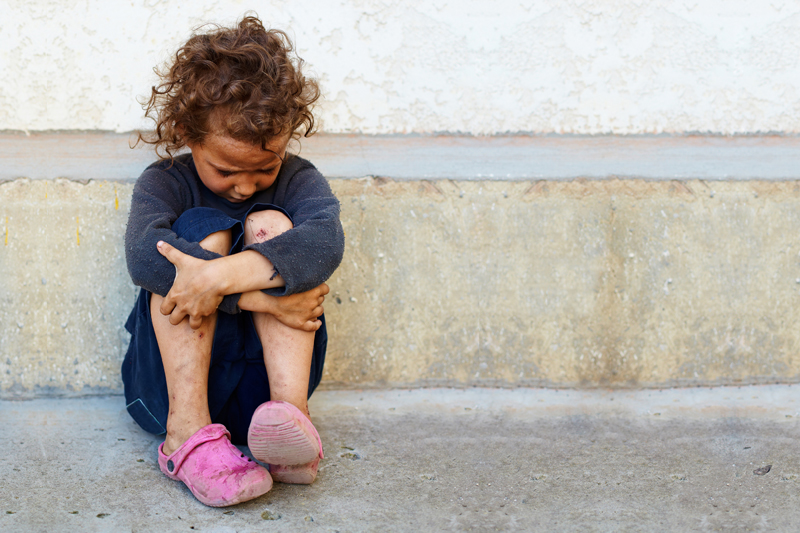Calling 911 What Every Child Should Know

School is out and summer vacation has kicked in for kids of all ages across the Nation. Before the summer fun begins consider how secure and safe your home is before anything can happen. Consider using some of the following ideas to make home sweet home, home safe home.
Teach young children about 911 beginning early in life. Show them how to dial 911 from a home phone and a cell phone. Role-play exactly what they can expect to hear if they call 911, by pretending you are the 911 dispatcher and ask them the pertinent questions.
Next, tell children what will happen after calling 911 and who will come to the home. Make sure they know it is safe to open the door once the 911 dispatcher tells them the police, fire or ems have arrived.
Do not forget to teach children what happens if someone calls 911 and then hang up. Many states have laws that require an officer to come out to the home to make sure there is not an emergency.
It is never too early for a child to start memorizing the home phone number, or preferably, mom or dad’s cellphone number. If you have a cell phone you carry with you the majority of the time, teach children this number. Put the numbers (including area code) to a funny song to help younger children to learn the number. Practice this song frequently to help ingrain it into your child’s brain.
Make a list of safe people and their contact numbers to place on the refrigerator or by the home phone. Include the physical or mailing address of the house and phone number at the top of the list. In an emergency children and adults often become excited or panicked and may have difficulty recalling this information remotely. The sooner the 911 dispatcher can verify the address or location of the emergency the sooner they can send help.
Additional information that should be included on the list:
•Parent or caregivers first and last names
•Employment name and address
•Names and contact numbers for family living in the area
•Neighbors names and phone numbers
•Poison Control Toll-Free U.S. hotline 1-800-222-1222
Next, designate where children should go in the event of a fire. Determine a safe place where all family members should meet after evacuating the home. This can be a bench, a tree, or a rock as long as the item is immobile, does not involve crossing the street and is far away from the home and fire traffic.
Emphasize strongly that once someone is safely out of the home he or she is never to re-enter the home until a fire worker tells him or her it is safe. It is the fire workers responsibility to get any one trapped in the home and to try to find any pets. Practice fire drills and meeting at the designated place frequently so it becomes familiar.
Decide which neighbor is safe for children to ask for help in the event an adult is not available or if a fire forces them to evacuate, and talk to the neighbor to determine if they are willing or able to help in this capacity. Older people may not be able to respond to the knocking at the door as quickly as needed. Younger people may work long hours. If possible, locate a second neighbor children can safely go to when they need an adult in the event the first one is not home.
Install self-locking door locks and dead bolts that use a combination or bio-metric fingerprint to unlock from the outside. This way the home remains secure as children come and go all day long. There are no concerns about a lost key falling into the wrong hands. Neither adults nor children will ever lock themselves out of the home again. It is never safe to hide a key outside your house, as thieves know where to look.
Provide a peephole on the front door where children can look out before answering the door when mom or dad is home. However, teach children never to answer the door if mom or dad is not home, no exceptions. If someone knocks or rings the bell, they do not need to acknowledge anyone is home, unless the ringing and knocking continues. Then children should tell whoever is at the door that they have called 911 and police are on the way.
Keep an outside light on at night; consider investing in solar powered lights that go on at dusk and off at dawn. Make sure your house is properly numbered and that your house number is clearly visible from the street or on the side of the mailbox. This helps emergency, fire and police locate your home quickly.
However, do not place your family name on the mailbox. The internet is everywhere and makes it easy to learn personal information about the residents.
Walk around your home occasionally after dark and notice what someone can see or not see in your home. Make sure the windows allow for privacy and do not provide a way for someone to stand outside and look inside. Keep bushes away from windows and doors, allowing places for someone to hide while you arrive or leave the residence.
Preventing children from becoming victims of exploitation or abduction begins with a secure home front and common sense. Check the National Sex Offender Registry before allowing neighbors, contractors, and other people into your home. Teach children that even though someone knows their mom or dad that person has no right to hug or touch you and should tell you if someone makes them feel uncomfortable.
It is the adult’s responsibility to listen to children and to protect them. So listen carefully when your children tell you something is not right. Also, consider carefully whom you allow into your home whether in person or on the internet.
Teach young children about 911 beginning early in life. Show them how to dial 911 from a home phone and a cell phone. Role-play exactly what they can expect to hear if they call 911, by pretending you are the 911 dispatcher and ask them the pertinent questions.
Next, tell children what will happen after calling 911 and who will come to the home. Make sure they know it is safe to open the door once the 911 dispatcher tells them the police, fire or ems have arrived.
Do not forget to teach children what happens if someone calls 911 and then hang up. Many states have laws that require an officer to come out to the home to make sure there is not an emergency.
It is never too early for a child to start memorizing the home phone number, or preferably, mom or dad’s cellphone number. If you have a cell phone you carry with you the majority of the time, teach children this number. Put the numbers (including area code) to a funny song to help younger children to learn the number. Practice this song frequently to help ingrain it into your child’s brain.
Make a list of safe people and their contact numbers to place on the refrigerator or by the home phone. Include the physical or mailing address of the house and phone number at the top of the list. In an emergency children and adults often become excited or panicked and may have difficulty recalling this information remotely. The sooner the 911 dispatcher can verify the address or location of the emergency the sooner they can send help.
Additional information that should be included on the list:
•Parent or caregivers first and last names
•Employment name and address
•Names and contact numbers for family living in the area
•Neighbors names and phone numbers
•Poison Control Toll-Free U.S. hotline 1-800-222-1222
Next, designate where children should go in the event of a fire. Determine a safe place where all family members should meet after evacuating the home. This can be a bench, a tree, or a rock as long as the item is immobile, does not involve crossing the street and is far away from the home and fire traffic.
Emphasize strongly that once someone is safely out of the home he or she is never to re-enter the home until a fire worker tells him or her it is safe. It is the fire workers responsibility to get any one trapped in the home and to try to find any pets. Practice fire drills and meeting at the designated place frequently so it becomes familiar.
Decide which neighbor is safe for children to ask for help in the event an adult is not available or if a fire forces them to evacuate, and talk to the neighbor to determine if they are willing or able to help in this capacity. Older people may not be able to respond to the knocking at the door as quickly as needed. Younger people may work long hours. If possible, locate a second neighbor children can safely go to when they need an adult in the event the first one is not home.
Install self-locking door locks and dead bolts that use a combination or bio-metric fingerprint to unlock from the outside. This way the home remains secure as children come and go all day long. There are no concerns about a lost key falling into the wrong hands. Neither adults nor children will ever lock themselves out of the home again. It is never safe to hide a key outside your house, as thieves know where to look.
Provide a peephole on the front door where children can look out before answering the door when mom or dad is home. However, teach children never to answer the door if mom or dad is not home, no exceptions. If someone knocks or rings the bell, they do not need to acknowledge anyone is home, unless the ringing and knocking continues. Then children should tell whoever is at the door that they have called 911 and police are on the way.
Keep an outside light on at night; consider investing in solar powered lights that go on at dusk and off at dawn. Make sure your house is properly numbered and that your house number is clearly visible from the street or on the side of the mailbox. This helps emergency, fire and police locate your home quickly.
However, do not place your family name on the mailbox. The internet is everywhere and makes it easy to learn personal information about the residents.
Walk around your home occasionally after dark and notice what someone can see or not see in your home. Make sure the windows allow for privacy and do not provide a way for someone to stand outside and look inside. Keep bushes away from windows and doors, allowing places for someone to hide while you arrive or leave the residence.
Preventing children from becoming victims of exploitation or abduction begins with a secure home front and common sense. Check the National Sex Offender Registry before allowing neighbors, contractors, and other people into your home. Teach children that even though someone knows their mom or dad that person has no right to hug or touch you and should tell you if someone makes them feel uncomfortable.
It is the adult’s responsibility to listen to children and to protect them. So listen carefully when your children tell you something is not right. Also, consider carefully whom you allow into your home whether in person or on the internet.

Related Articles
Editor's Picks Articles
Top Ten Articles
Previous Features
Site Map
Content copyright © 2023 by Erika Lyn Smith. All rights reserved.
This content was written by Erika Lyn Smith. If you wish to use this content in any manner, you need written permission. Contact Erika Lyn Smith for details.



